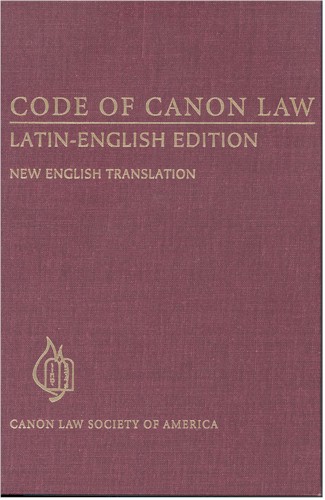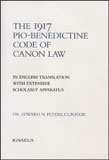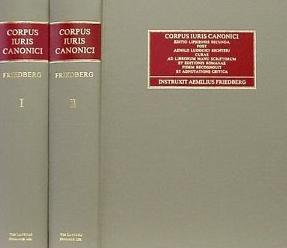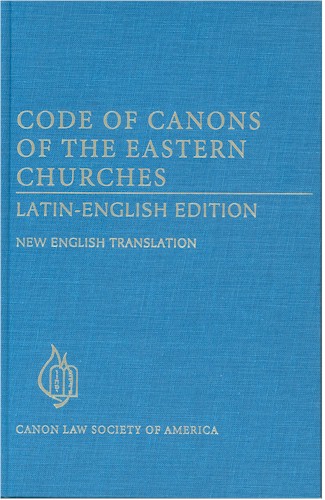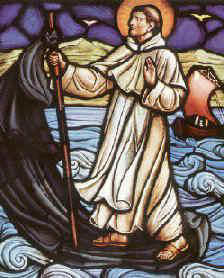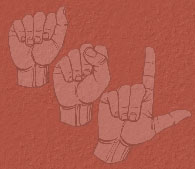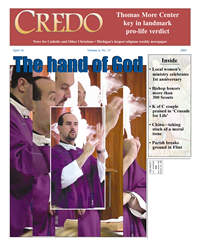|
To work for the proper implementation of canon law is to play an extraordinarily constructive role in continuing the redemptive mission of Christ. Pope John Paul II |
|
|
|
|
Resolution 1152 x 864 |
Updated 3 jan 2013 |
American Sign Language and Liturgy, I |
|
This essay was originally submitted to Adoremus Bulletin as a letter to the editor, but when they declined to publish it, I decided to make it available on my website.
See also: American Sign Language in
* See, e.g., Edward Peters, "The ordination of men bereft of speech and the celebration of sacraments in sign language", Studia Canonica 42 (2008) 331-345.
* * See, e.g., Edward Peters, "Canonical and cultural developments culminating in the ordination of Deaf men during the twentieth century", Josephinum Journal of Theology 15 (2008) 427-443.
|
In June of 1997, Adoremus Bulletin, an excellent monthly review dedicated to restoring sound liturgical practice after decades of post-conciliar confusion, published a lengthy article on the question of whether American Sign Language should be recognized by the Church as a "liturgical language". Generally, the article in AB took a negative view of recognizing ASL as a liturgical language for several reasons which I shall address below. Before doing that, though, the current place of ASL in the liturgy should be clarified.
The debate over ASL as a liturgical language is not over the propriety of having sign language interpreters functioning at liturgies (chiefly, at Sunday Mass). Whatever pockets of reluctance might remain at lower levels of ecclesiastical administration, diocesan and national conference officials are quite clear that ASL interpretation of Mass is entirely licit. Wherever such interpreters are not available, it is usually a result of parochial financial decisions, soundly arrived at or otherwise. Nor is the ASL liturgy debate over whether celebrants and people may directly sign their respective parts of the liturgy, skipping third-party interpretation altogether. Since December 10, 1965, Vatican officials have approved of celebrants speaking and signing simultaneously their parts of the liturgy, with the people responding in sign (see Canon Law Digest VI: 552-553). Thus, even if ASL were not eventually recognized as a liturgical language, nothing in the way liturgies with and for the Deaf are currently conducted would change. Sign language interpretation would still be allowed, and celebrants, other ministers, and congregations would still be allowed to use sign language throughout the whole of Mass.
But the premise is wrong: there is only one editio typica of the Mass, and it's in Latin. An approved translation is never more than a translation, and one may not use a translation to challenge any another translation, let alone the original text. The English translation of the Mass cannot be used to criticize, say, the Dutch. The French translation (in many ways worse than the English, but let that pass) cannot be used to correct the Japanese. All translations are measured by their fidelity to the editio typica, and not to each other. The presence of an ASL translation of the Mass would be entirely irrelevant to the status of the English translation.
2. Based on their cursory examination of some dictionaries of religious signs, it was also suggested by AB that gender-based pronouns are virtually absent from ASL, thus opening the door to the linguistic neutering going on in so many English-speaking liturgical circles. The perceived absence of pronouns from ASL, however, is greatly exaggerated. Signs for "he", "she", "him", "her" and so on, are extremely common and easy to find in any general dictionary of sign. They are not repeated in a dictionary of religious signs precisely because they are so common, in the same way that, for example, entries for "she", "him", and "her" are not found in Black's Law Dictionary. Admittedly, though, masculine and feminine pronouns are not used as frequently in ASL as they are in English. So what? Pronouns are far less common in Latin than they are in English, but this does not make Latin unsuitable as a liturgical language because Latin has other ways of identifying the concepts represented in English by masculine and feminine pronouns. So does ASL.
3. The theological deficiencies of ASL vocabulary are real, and indeed, they are probably more serious than AB suggests, but they are not irremediable. The problem can be addressed in the same way that similar problems in other languages were addressed. For example, for over a thousand years, the Church had no good Latin word to describe what happens to bread and wine at the consecration, and it took another 300 years for the word theologians coined in the 12th century, "transubstantiatio", to trickle up to the magisterial level.
Societies develop vocabularies as they are needed. American Deaf, as a cultural group, are even more poorly catechized than are English speakers, and they have been for a long, long time.* * It is not surprising, therefore, that their language, ASL, would not yet have been faced with the need to develop an adequate vocabulary to accommodate certain theological concepts. But then, I imagine Iroquois didn't either, a fact which did not prevent Iroquois from becoming one of some 300 liturgical languages approved since Vatican II. As catechetical services to the Deaf improve, as Church officials become more aware of just how many deaf Catholics, and potential deaf converts, there are out there, and as deaf faithful become more involved in ecclesiastical life, the opportunity to augment ASL's theological vocabulary will automatically present itself.
4. In the AB article, rather much is made of the fact that some ASL signs have more than one meaning. I don't see the problem. English has homonyms, too, and their meaning is derived from context with no difficulty by those who understand the language. If Father says, "The Gospel will now be read," no one thinks the book is going to change colors. The same may be said regarding ASL's multiplicity of signs for some concepts. Yet English (and Latin) often uses different words to refer to the same reality. In English, the Eucharist is called, besides, "Eucharist"--"Holy Communion", "Viaticum", "Body of Christ", "saving Bread", and so on. ASL, especially in light of what was said above, does or can do the same thing.
5. Finally, AB makes a general criticism about whether the bishops have adequately supervised what's going on at Masses currently interpreted or signed in ASL. I suspect that there is some truth to this criticism, but one could hardly hold this regrettable state against ASL Masses and not consign virtually all Masses said in English to the same fate.
Given AB's reputation for accuracy and insight on liturgical matters, I hope they will revisit this topic. When they do so, however, it will be very important to bear in mind that ASL is not simply a set of gestures used to reflect words spoken in English. ASL is a language independent from English (or Spanish, or Latin, or Icelandic) with its own rules of grammar, syntax, and so on. ASL borrows some words from English in the same way that every minority language borrows words from the larger society, especially in its use of initialized-signs and some Pidgin Signed English structures, but that does not change the fact that ASL is an independent language and is used as a first language by hundreds of thousands of people in the United States, Canada, and in other spots around the globe. Its suitability as a liturgical language should be assessed solely in light of its ability to present faith-fully the editio typica of the Mass. It should not be determined by how well it matches English or any other language, to say nothing of how vulnerable it might sometimes appear to manipulation by other agenda-driven groups in the Church. +++
|
